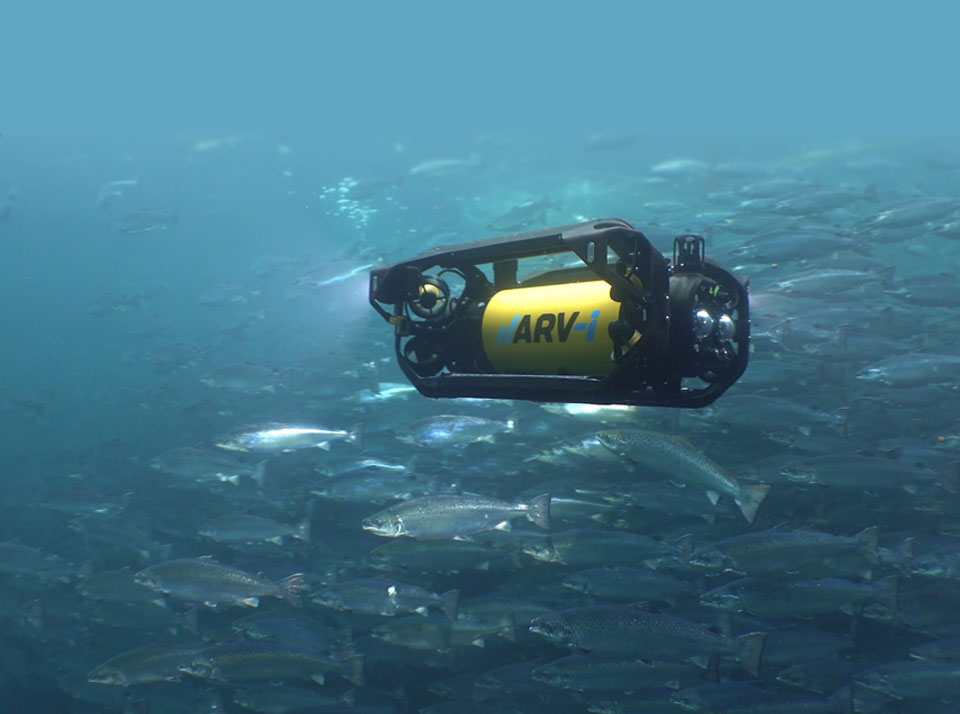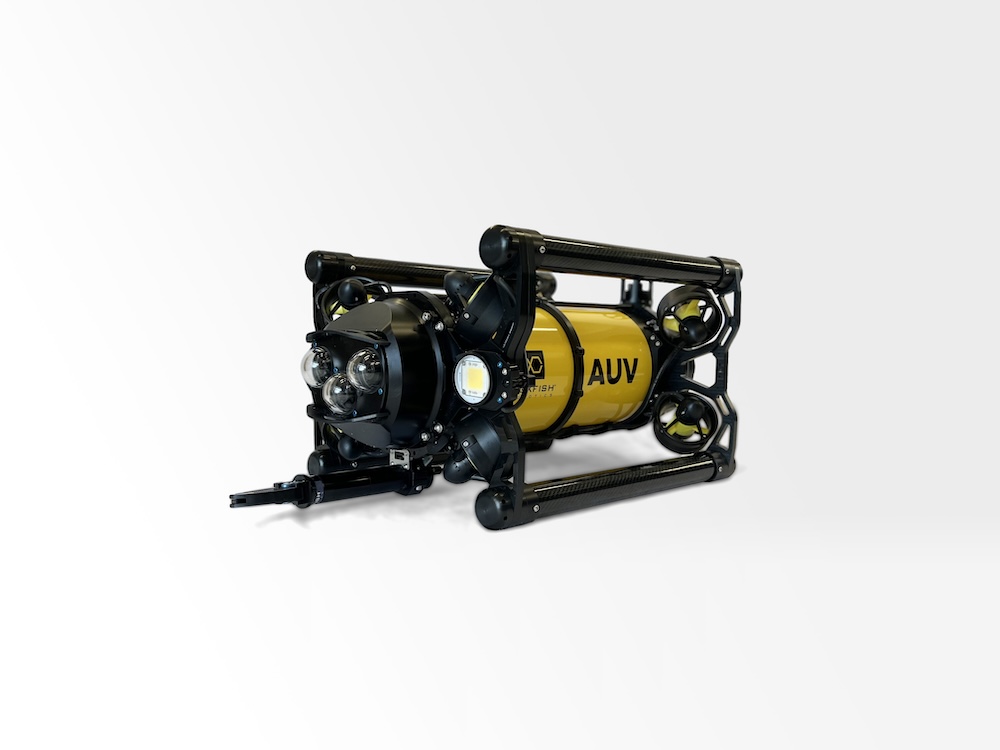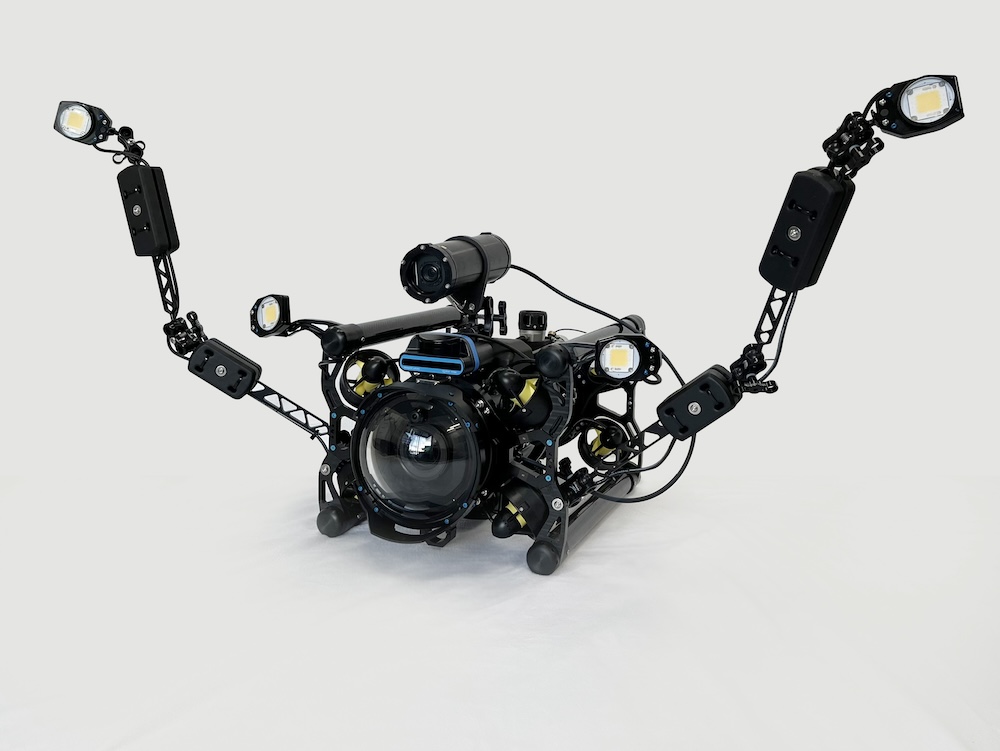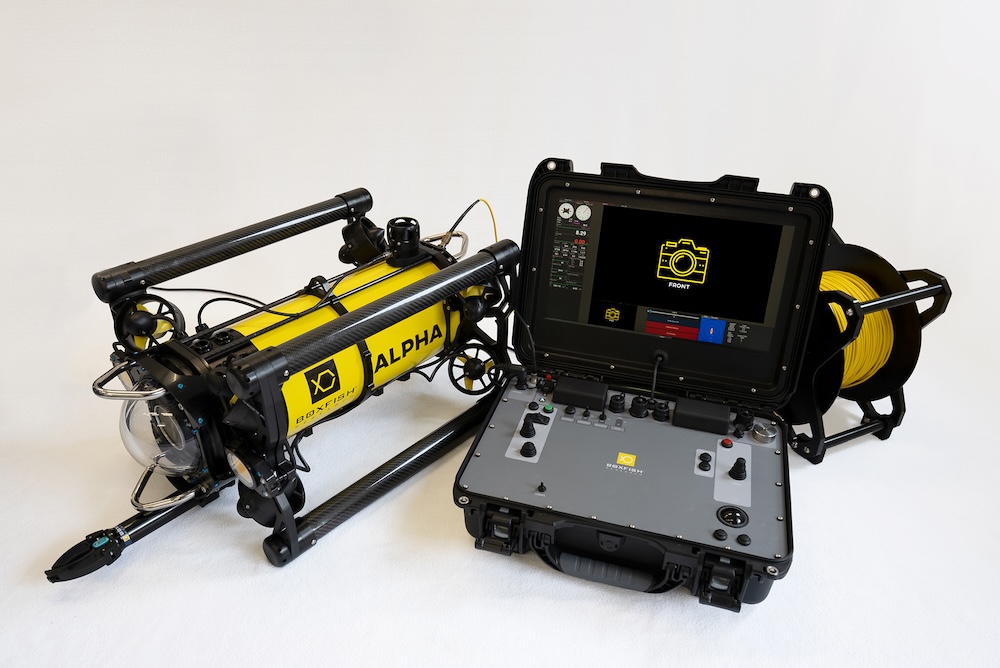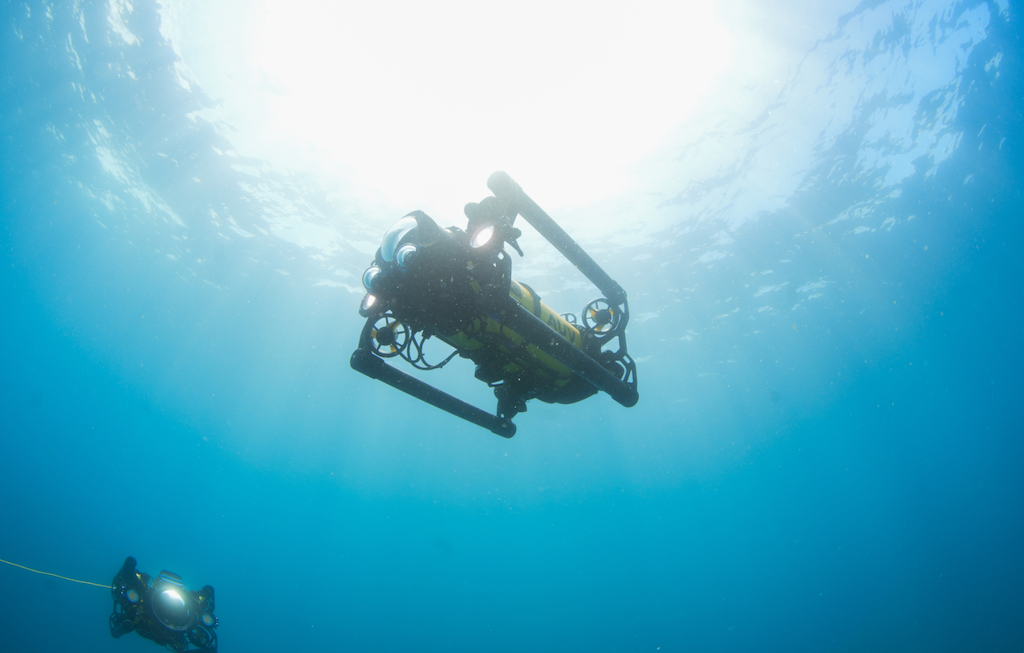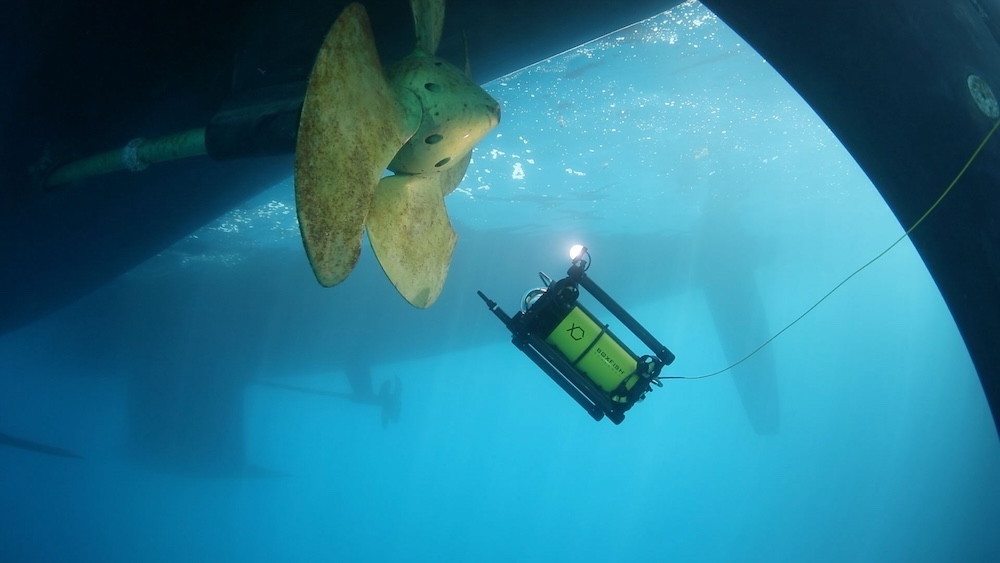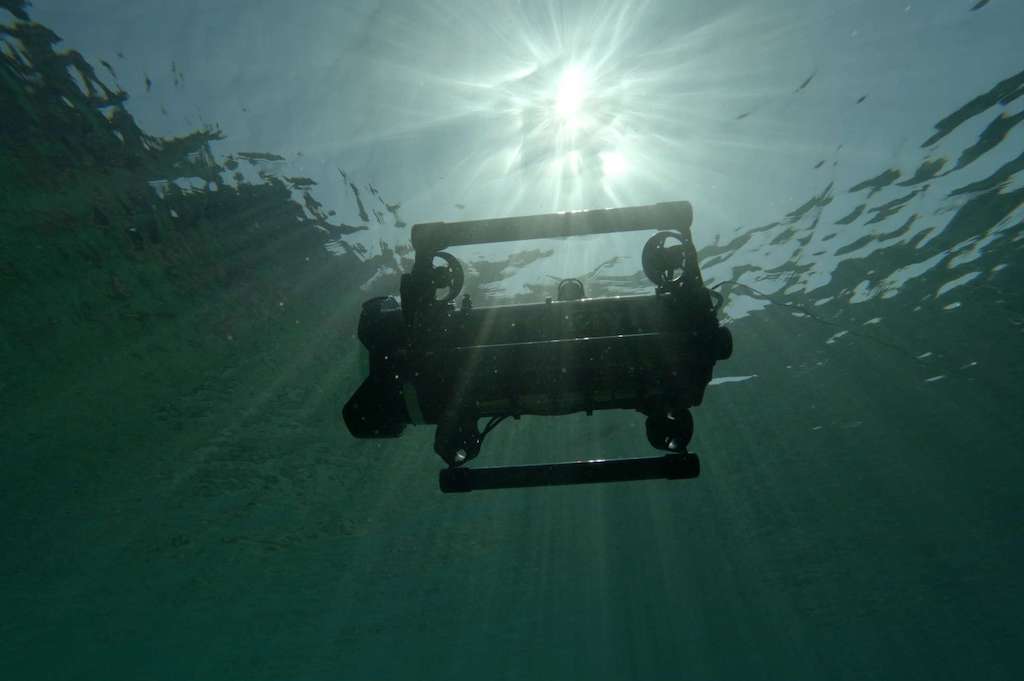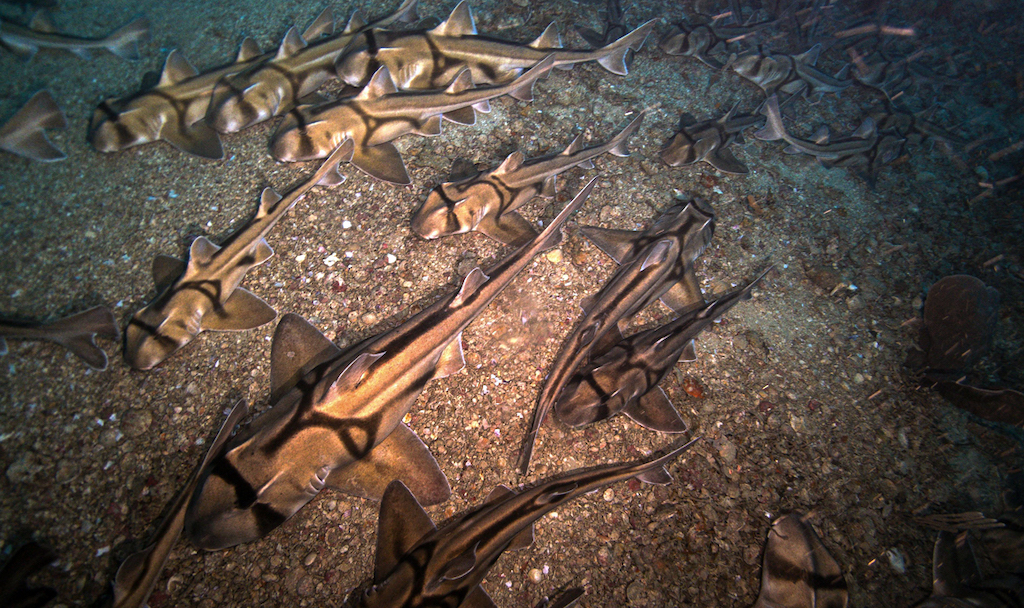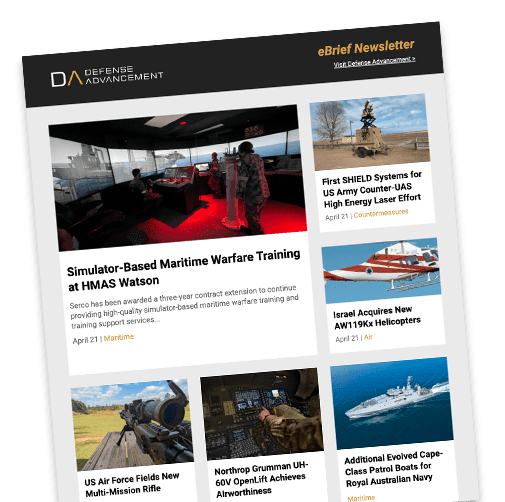Professor James Bell’s team at Victoria University of Wellington is using Boxfish Robotics ROV to study mesophotic reefs (30–150 m depth) that are beyond safe diving limits.
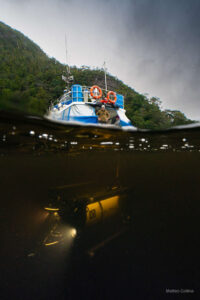
Image: Professor James Bell is awaiting the Boxfish Alpha after its mission. Photo credit Matteo Collina.
The Boxfish Alpha ROV provides access, imaging, and sampling capabilities essential to their research.
Conventional diving is generally constrained to depths shallower than 30 meters and involves safety considerations that limit access to deeper sites. The Boxfish Alpha ROV, rated to 300 meters, allows for repeated observations of deeper reefs without requiring diver intervention. Its battery capacity and charging system allow for longer deployment durations than those typically possible with diving.
When selecting an ROV, the VUW team required a system capable of capturing high-resolution underwater video, which was considered important for documenting marine communities. The Boxfish Alpha provided the video quality required for their research objectives.
Transport logistics were also a factor. The Boxfish Alpha’s modular design and batteries suitable for air transport allow it to be carried on commercial flights as standard luggage, simplifying movement of equipment across field sites.
Boxfish Alpha ROV Technical Capabilities
The Boxfish Alpha ROV provides a high-resolution 4K video feed that can be viewed in real time on research vessels. It also captures environmental parameters and produces uncompressed, stabilised 4K video and 20MP RAW images suitable for photogrammetry. Rated to 300 meters, it can be deployed from a range of platforms, including small vessels and ice edges. The system features six degrees of freedom (6DOF), a robotic arm, and capacity for additional sensor integration.
This case study outlines specific applications of the ROV in mesophotic research to date.
Biodiversity Observations
The VUW team has used the Boxfish Alpha to examine reef environments down to approximately 130 meters at various sites across New Zealand. Observations have included benthic communities such as red corals off the Fiordland coast and sponge-dominated habitats off Wellington. This information has informed regional coastal planning processes.
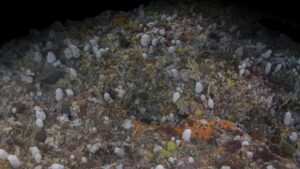
Ascidian beds at Stewart Island (Rakiura), New Zealand. 3D Model reconstructed from ROV footage. Credit: Matteo Collina.
Habitat Classification
Video data from the ROV is being used to develop habitat classification frameworks for mesophotic reefs. This work is being carried out in collaboration with Wellington Regional Council, Environment Southland, and the Department of Conservation. Outputs include biotope descriptions and habitat maps to support resource management.
Photogrammetry and Habitat Complexity
The ROV is also being used to generate three-dimensional models of the seafloor. These models are developed using imagery from the ROV, laser references, and physical markers deployed with the robotic arm. The resulting data provide quantitative information about seafloor structure.
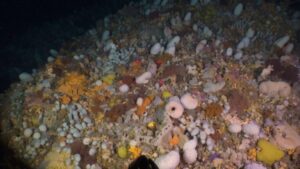
Ascidian beds at Stewart Island (Rakiura), New Zealand. ROV still. 120 m depth. Credit: Matteo Collina.
Professor James Bell, Victoria University of Wellington, commented, “Our work would not be possible without the Boxfish Alpha. The key element that for us separates the Boxfish from other ROVs in a similar class is the quality of the video footage obtained and the ease of deployment.
“We also really value the support, help and advice provided by the Boxfish technical and support team in assisting with our operations, they have always been on call to help with any issues we have, and worked with us to develop bespoke options for our ROV to enable us to complete complex and unusual tasks.”
Deepwater Sampling
The Boxfish Alpha has been used to collect small black coral samples at depths close to 100 meters. This work is part of a Department of Conservation project investigating genetic connectivity among coral populations in Fiordland. The robotic arm was used to obtain small samples with minimal disturbance.
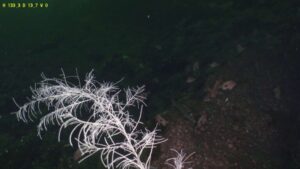
Image: Deep water black coral samples. ROV still.
Long-Term Monitoring
While shallow reef systems around New Zealand are subject to regular monitoring via SCUBA, comparable data from mesophotic depths have been limited. The VUW group has implemented a long-term monitoring programme focused on Fiordland mesophotic habitats, supported by the Department of Conservation and Environment Southland. Monitoring began in 2018 and is ongoing.
Ecosystem Function Research
As part of a Marsden Fund project led in collaboration with Dr Alice Rogers (VUW), the Boxfish ROV is being used to collect data on the ecological role of deep reef communities. Applications include biodiversity surveys, deployment and retrieval of light traps, installation of temperature loggers, and specimen collection for stable isotope analysis.
Educational and Outreach Applications
The VUW team has used the ROV in educational initiatives, including the development of 360-degree video materials for virtual reality experiences and a school programme that allows students to operate the ROV in a controlled environment.
Species Distribution Studies
As of April 2025, over 100 Boxfish Alpha deployments have been carried out in Fiordland Marine Areas as part of a Department of Conservation project focused on the distribution of Antipathella fiordensis, a protected black coral species. Coral has been recorded at depths greater than 100 meters. Additional deployments have documented the presence of this species at multiple locations around New Zealand, including Northland.


